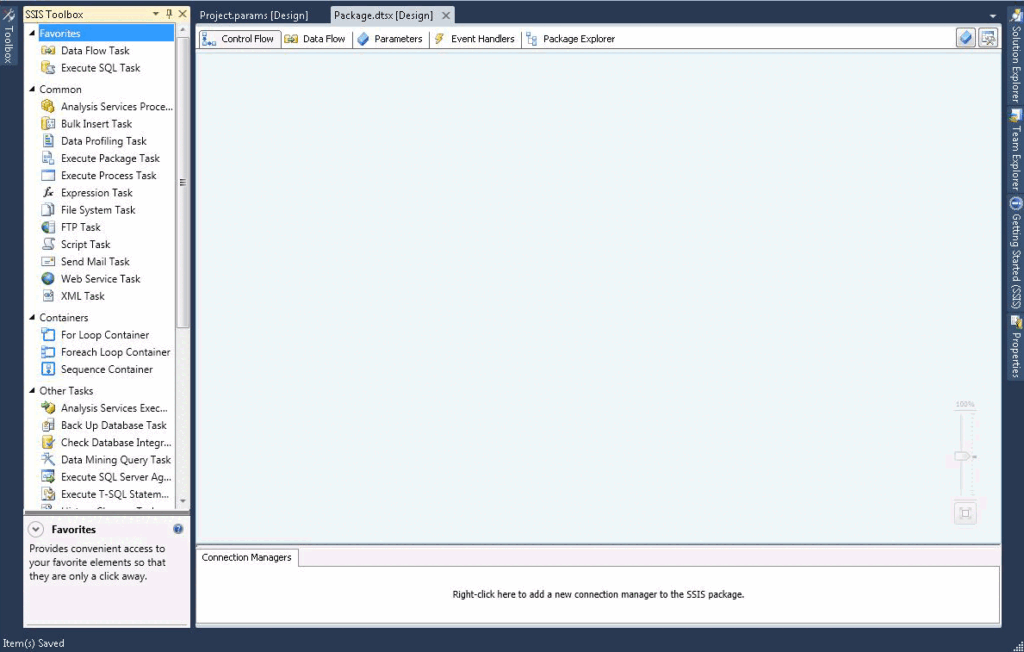Table of Contents
Introduction of SSIS 816
SSIS 816 is a powerful Microsoft tool designed to streamline data management tasks. This article explores SSIS’s importance, features, business applications, and future trends, providing insights into its role in enhancing data handling efficiency.
What is SSIS 816?
SSIS, also known as SQL Server Integration Services, is a robust software tool developed by Microsoft. Its primary function is to facilitate the management, integration, and transformation of data within various systems and databases.

Why is SSIS 816 Important?
SSIS holds immense significance in the realm of data management due to its ability to simplify complex data-related tasks. It streamlines data handling processes, allowing businesses to efficiently organize, manipulate, and utilize data resources, thereby enhancing productivity and decision-making.
Who Can Use SSIS 816?
This tool caters to a broad spectrum of users, ranging from data analysts, and developers, to business professionals. Essentially, anyone dealing with data management tasks within enterprises, irrespective of size, can harness the capabilities of SSIS to streamline their workflows.
Evolution of SSIS 816
Since its inception, SSIS has undergone substantial evolution, akin to a continuously improving technology. The latest versions bring forth advanced features and enhancements, making data handling more efficient and user-friendly.
What Changed in SSIS?
New iterations of SSIS boast improved functionalities, offering better connectivity, enhanced data transformation capabilities, and advanced automation features. These updates empower users to perform data-related tasks more seamlessly.
Key Features of SSIS
One of the standout aspects of SSIS lies in its ability to connect with diverse data sources, enabling users to manipulate and transform data according to specific requirements. Its intuitive user interface simplifies the otherwise intricate process of handling complex datasets.
Using SSIS in Business
Businesses across various industries leverage SSIS to streamline their operations and gain valuable insights from their data resources.
Where Can SSIS 816 Help?
SSIS finds applications in managing diverse sets of data, such as customer information, sales data, inventory tracking, and more. Its versatility empowers businesses to handle data efficiently across multiple domains.
How Does SSIS Benefit Businesses?
By effectively organizing and processing data, SSIS contributes to saving time, enhancing accuracy, and fostering informed decision-making within businesses.
Future Trends and Conclusion
Looking ahead, the trajectory of SSIS promises continued innovation. Anticipated advancements include AI-driven integrations, enhanced security protocols, and augmented cloud compatibility. As businesses navigate the data-driven future, SSIS remains an indispensable ally, shaping the landscape of efficient data integration.
FAQs
What does SSIS stand for?
SSIS stands for SQL Server Integration Services.
Is SSIS hard to learn for beginners?
SSIS provides a user-friendly interface, making it accessible for newcomers.
Can SSIS 816 work with different types of data?
Yes, it can connect and handle various types of data like text, numbers, and images.
Is SSIS only for big companies?
No, businesses of all sizes can benefit from using SSIS to manage their data effectively.
Does SSIS require coding knowledge?
Basic coding knowledge can be helpful, but SSIS provides tools for tasks without extensive coding.
Can SSIS automate tasks?
Yes, it allows automating data-related tasks, saving time and effort.
Does SSIS support cloud integration?
Yes, it can work with cloud platforms for data storage and processing.
Is SSIS expensive to use?
It is a part of Microsoft SQL Server, offering various editions, including some cost-effective options.
Can SSIS handle real-time data?
Yes, it can process real-time data, ensuring updated information when needed.
Where can I find resources to learn SSIS 816?
Microsoft offers tutorials and documentation for learning SSIS efficiently.
Our Other Articles
